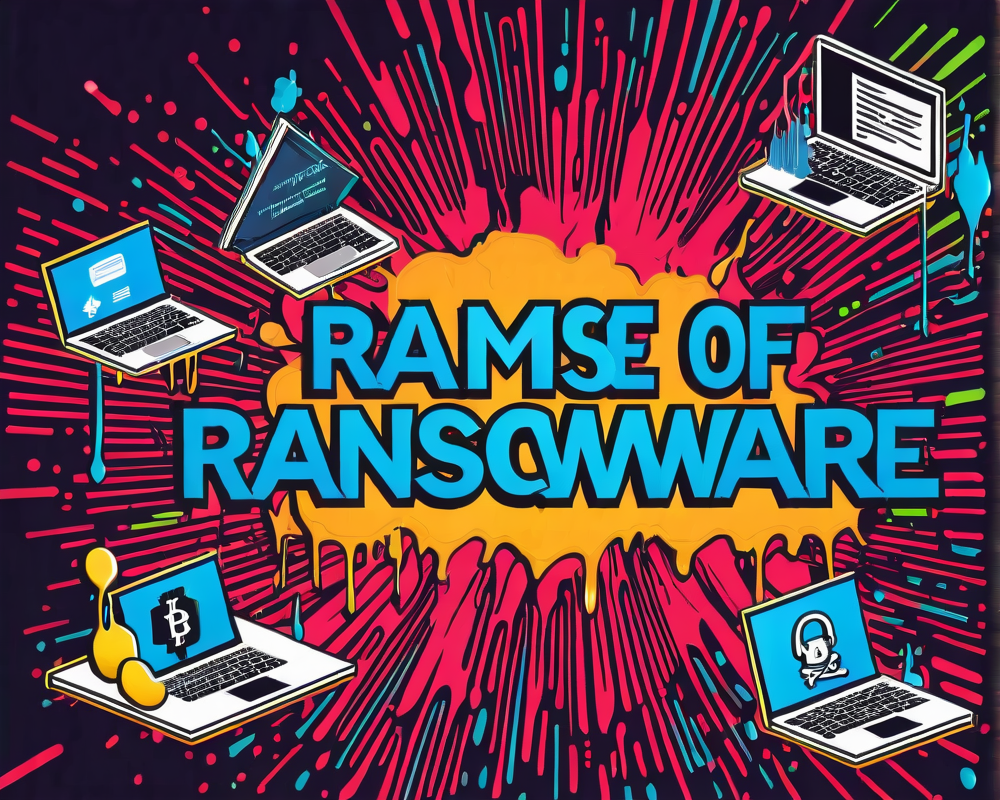Understanding Ransomware: A Modern Menace
Ransomware has become the digital equivalent of a highway robbery, with cybercriminals breaking into systems, encrypting data, and demanding a ransom in exchange for the unlocking key. Recent statistics show that hospitals, police stations, and universities have all fallen victim to this malicious practice. But what exactly makes ransomware tick?
The Role of Bitcoin in Ransomware
Craig Williams, a Senior Technical Leader at Cisco Talos, succinctly captures the essence of ransomware’s evolution with a pointed observation: “The ability to demand payment in bitcoin, a difficult-to-trace virtual currency, was basically the birth of ransomware.” This assertion underscores the synergy between the rise of cryptocurrencies in 2009 and the explosive growth in ransomware attacks.
A Brief History of Ransomware
Malware has been lurking around since floppy disks were the rage. The infamous Brain, considered the first PC-based malware, emerged in 1986. Fast forward to 1989, and we encounter the AIDS Info Disk, demanding payments for a license renewal to the PC Cyborg Corporation, using a Panama postal box as the payment destination.
The Cryptolocker Phenomenon
Fast forward to 2013 when Cryptolocker came onto the scene, infecting a staggering 250,000 computers worldwide. What set Cryptolocker apart were the robust methodologies it employed, including the use of Microsoft’s CryptoAPI for encryption. Infected users were asked to pay approximately $300 in bitcoins, with total extortion amounts soaring to over $3 million. It was a clear indication of how organized and lucrative ransomware attacks had become.
The Ransomware Surge of 2016
Ah, 2016—the year of the ransomware gold rush. Reports indicate that over $200 million was funneled into the coffers of cybercriminals in just the first three months alone. Suddenly, ransom demands grew heftier, often ranging from $10,000 to $20,000, complete with call centers set up to assist bewildered victims in navigating the payment maze. Among these attacks, Samas targeting hospitals proved particularly concerning, exploiting vulnerabilities in Jboss application servers.
Is Bitcoin to Blame?
Despite the prevalent association of Bitcoin with ransomware, it’s imperative to remember that Bitcoin is merely a tool. Much like email and the internet, it can be weaponized, but it is not inherently responsible for criminal behavior. So the next time you hear about ransomware, consider the technology behind it rather than pointing fingers at the medium of exchange.




